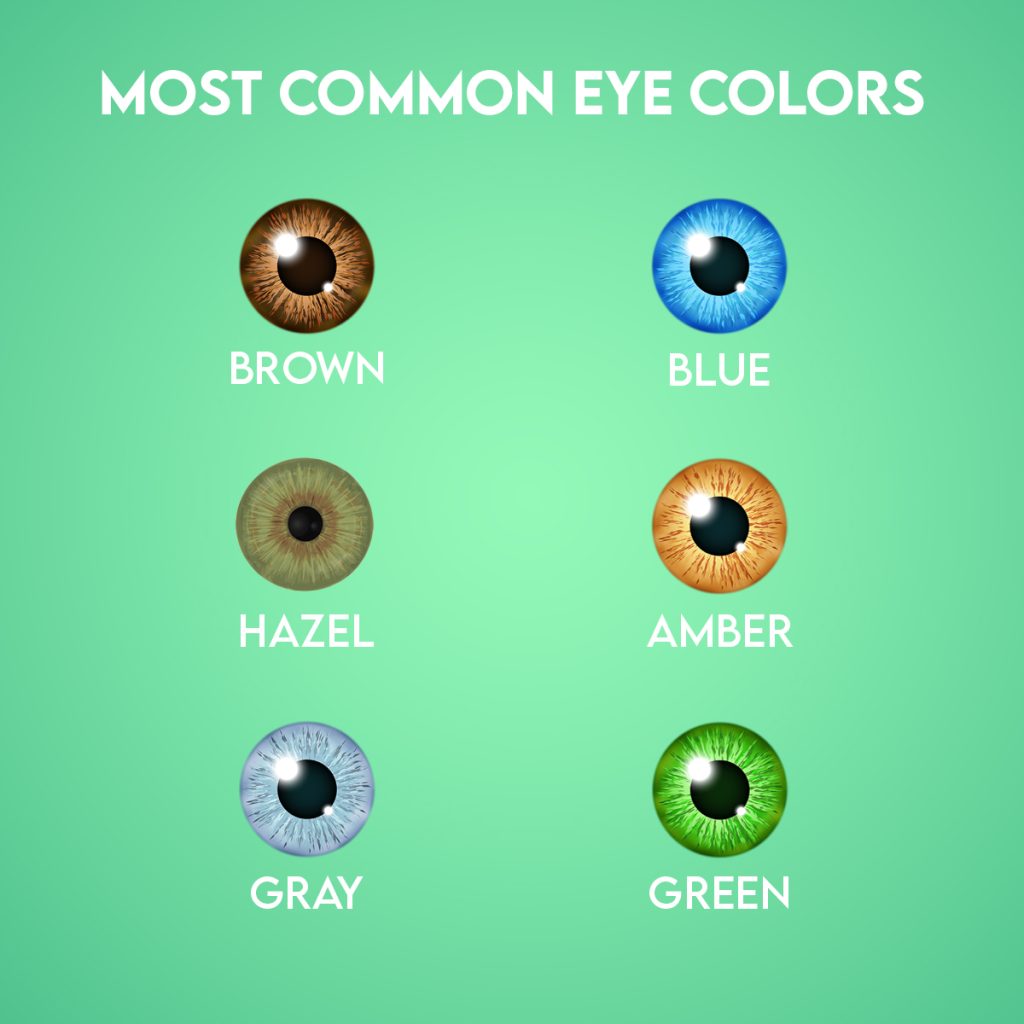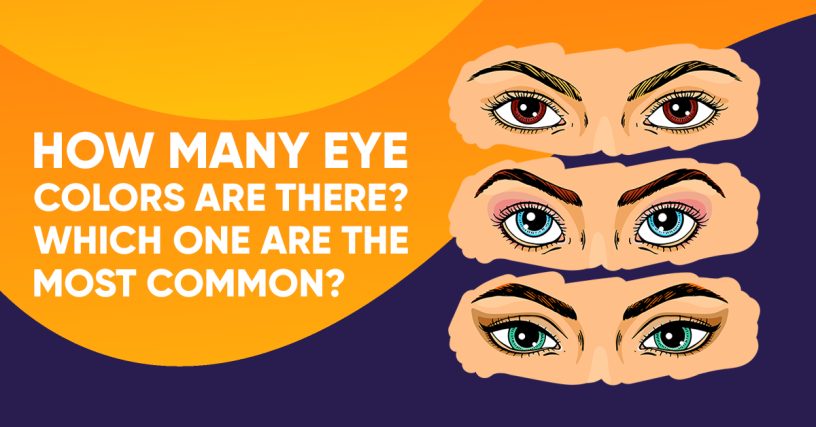Eye color was thought to be controlled only by a single gene up until the early 2000s. However, Gregor Mendel, widely regarded as the pioneer of modern genetics, is credited with developing the rule.
In addition, subsequent studies have made things a lot clearer. Eye color is influenced by several genes. Furthermore, two people can’t have the same.
The quantity of melanin your body produces determines the color of your eyes. Your eyes, hair, and skin are all affected by the pigment melanin.
The iris (the colored component of the eye) comes in a wide variety of hues, ranging from a pale blue or gray to a deep brown. Let’s dive deep into the topic: how many eye colors are there?
Table of contents
Estimated reading time: 5 minutes
What is the Colored Part of Your Eye?
The iris of your eye determines your eye color. The colorful ring around the eye pupil is iris. You’ll find a bit of black opening in the middle of your face.
There are two layers to the iris. Your eye color determines by the quantity of pigment (melanin) in the front layer of your eyeball (stroma). Iris pigmentation is almost always brown, even in persons with blue or green eyes.
It’s like your fingerprint: Your eye color is unique; no one else on the planet has the same shade. The quantity of melanin in your iris is unique to each individual.
How do Eyes Get Their Color?
The quantity of melanin in your bloodstream impacts the color of your eyes. In nature, melanin is a color pigment that is found in the skin as well as in the hair and eyes.
Melanocytes are skin cells that produce melanin. There are varying levels of pigment produced by each person’s melanocytes. People who lack melanin production in their skin cells have whiter eyes.
What Is It Determined By?
Researchers formerly thought one gene determined eye color. They hypothesized that a simple genetic inheritance pattern determined an individual’s melanin levels. If two blue-eyed parents had kids, they felt they couldn’t have brown eyes.
Scientific research has shown a more subtle pattern in how traits are passed down via families. The color of your parents’ and relatives’ eyes determines the eye coloring of your own.
A person’s eye color may vary from the rest of their family due to a genetic mutation.
Most Common Eye Colors
The most common are here:

Brown
The majority of people have brown eyes. Around 80% of the world’s population has brown eyes, making them the most common color. For this reason, brown eyes are better shielded from light than others.
Blue
Blue-eyed folks have long been said to be connected. There is a legend that 10,000 years ago, a single human experienced a genetic mutation that resulted in blue eyes.
We have no way of knowing for sure if it is accurate. As per recent studies, around 10 percent of the people living throughout the globe now have blue eyes.
Hazel
It’s not so much a color as it is a color combination described by the term “hazel.” A person’s hazel eyes have traces of green, blue, gold, and brown.
Amber
Although the exact number of people with pure amber eyes is unknown, this hue is one of the most sought-after. Amber eyes are distinct from hazel eyes in that they do not have any indications of other hues.
Gray
Only 3% of the world’s population has gray eyes, which can easily be mistaken for blue.
Green
It’s a rare color. Even though they have a higher concentration of melanin than blue eyes, green eyes make up just 2% of the globe’s population.

Final Thoughts
Have you ever imagined what you might look like if you had eyes of a different color? Thanks to contemporary technology, people can now transform the color of their eyes simply by slipping on a pair of contact lenses.
Colored contacts come in a wide variety of shades, from those that mimic natural eye color to bolder hues such as red or purple. Talk to your eye physician about the possibility of receiving colored contact lenses in your prescription.
Read More:




